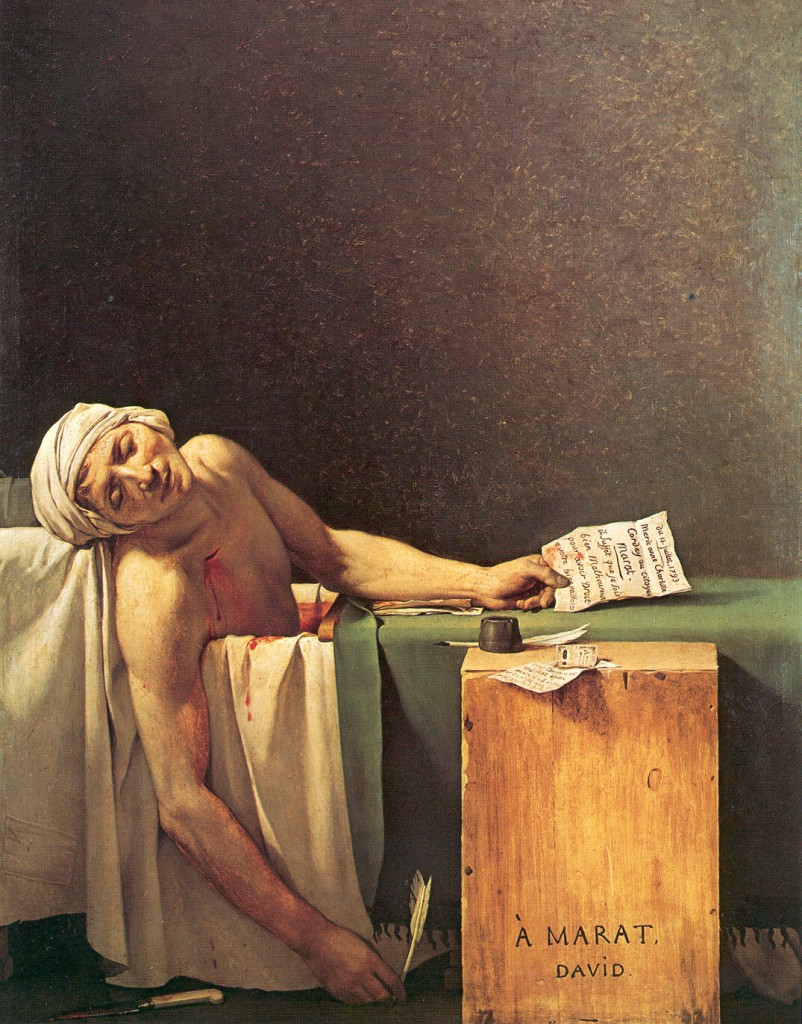
“We have reached the really modern times which dawned when the French Revolution of 1789 put an end to may assumptions that had been taken for granted for hundreds, if not thousands, of years. Just as the Great Revolution has its roots in the Age of Reason, so have the changes in man’s ideas about art… In the past, the subject-matter of paintings had been very much taken for granted… All this changed very rapidly during the period of the French Revolution. Suddenly artists felt free to choose their subjects anything… that appealed to the imagination and aroused interest… The French revolutionaries loved to think of themselves as Greeks and Romans reborn, and their painting, no less than their architecture, reflected this taste for what was called Roman grandeur. The leading artist of this neo-classical style was the painter Jacques Louis David, who was the ‘official artist’ of the Revolutionary Government… These people felt they were living in historic times, and that the events of their own years were just as worthy of the painter’s attention as the episodes of Greek and Roman history.When one of the leaders of the French Revolution, Marat, was killed in his bath by a fanatical young woman, David painted him as a martyr who had died for his cause… He had learned from the study of Greek and Roman sculpture how to model the muscles and sinews of the body, and give it the appearance of noble beauty; he had also learned from classical art to leave out all details which are not essential to the main effect, and to aim at simplicity.”
Ernst H. Gombrich, “Chapter 23: The Break in Tradition,” The Story of Art, 15th edition
